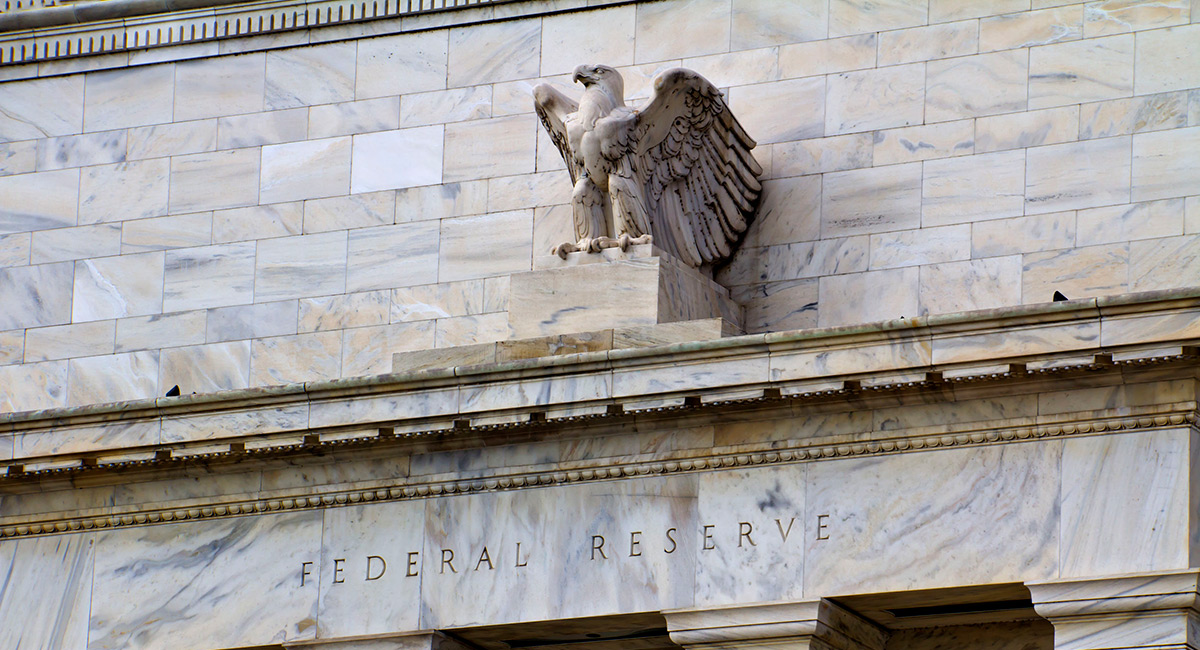Last week’s deal in Congress to raise the debt ceiling through early December may offer another few weeks of partisan wrangling, but it won’t solve the deeper problems of funding the government. Such is the sorry state of America’s hand-to-mouth finances that White House officials have launched apocalyptic warnings about imminent financial collapse, along with hallowed invocations to preserve the full faith and credit of U.S. Treasury debt.
The White House Council of Economic Advisers, run by Cecilia Rouse, said: “If the United States were to default, tens of millions—including families with children, retirees, and veterans—would quickly, even overnight in some cases, face the prospect of losing the regular Federal payments that help them to make ends meet.” Defense Secretary Lloyd Austin declared: “If the United States defaults, it would undermine the economic strength on which our national security rests.”
With so much at stake, no wonder the White House was reported to be seriously considering a plan by which the Treasury would mint a $1 trillion platinum coin, deposit it at the Federal Reserve, and then continue paying bills as normal.
But Treasury Secretary Janet Yellen nixed the idea. “It’s really a gimmick,” she said. The platinum coin “is equivalent to asking the Federal Reserve to print money to cover deficits that Congress is unwilling to cover by issuing debt. It compromises the independence of the Fed, conflating monetary and fiscal policy.”
This worry about mixing the central bank and the budget was ironic, given the cross-pollination that already exists. In the past two years alone, the Fed acquired more than $3.3 trillion of Treasury debt—which equates to more than half of the combined federal budget deficits for 2020 and 2021.
Moreover, the Fed takes the interest payments received on its portfolio holdings of Treasury securities and other U.S. government-backed securities and sends the vast bulk of that income as revenues to Treasury. The Fed’s “remittances” to Treasury totaled $87 billion in 2020—some 85% of the Fed’s $102 billion annual interest income. Remittances to Treasury are running even higher this year, based on the Fed’s June 2021 quarterly report, and will likely exceed $100 billion. How’s that for a gimmick?
Those numbers are significant in the debate over whether the U.S. government might default. Consider that $6.3 trillion of the $28.4 trillion in total public debt is Treasury debt issued to federal trust funds and other government accounts. The interest paid on those securities is treated as an “intragovernmental” transaction that has no effect on the budget deficit. The payments and receipts are both recorded in the same category of spending in the federal budget.
It is the cost of financing the remaining $22.1 trillion in federal debt held by the public—of which the Federal Reserve holds $5.4 trillion—that bears on the size of the federal budget deficit. Given that the Congressional Budget Office estimates net interest expense at $413 billion this year, the remittances transferred to Treasury by the Fed have a significant effect, effectively able to offsetting the government’s interest expense (i.e., its net interest outlay) by some 25% or more.
In short, with the Fed owning roughly one-quarter of the federal debt held by the public on which the Treasury must pay interest—and with the Fed’s practice of sending weekly remittances to Treasury—it’s clear that monetary and fiscal policy are conflated.
There’s a further complication: If the Federal Reserve were to raise the interest rate it pays on the $4.1 trillion in reserve balances held by commercial banks and other savings institutions in Fed depository accounts above its current level of 0.15%, the additional interest expense (including interest paid to foreign banks) would be deducted from Fed remittances to Treasury.
So it rings a bit hollow for Ms. Yellen to intone about the dangers of compromising the independence of the Fed. And it also seems disingenuous to conflate the requirement to make interest and principal payments on U.S. government debt with some larger notion about “paying America’s bills.”
During the 2011 budget standoff, Federal Reserve and Treasury officials privately crafted a plan to make on-time payments on Treasury debt and delay paying other government bills if the Obama administration and Congress failed to raise the debt ceiling. Fed transcripts show that the central bank, acting as Treasury’s fiscal agent, was prepared to make principal and approaching coupon payments the priority, holding back other government payments as necessary. Ms. Yellen was the Fed’s vice chair at the time.
Even as Democrats attempt to define choosing priorities as equivalent to defaulting on Treasury debt, Republicans have introduced legislation (Full Faith and Credit Act) that would require certain payments—for debt service, military pay, Social Security, Medicare and veteran benefits—to take precedence over all other obligations. “Washington’s reckless spending is completely out of control,” Sen. Rick Scott (R., Fla.), who is leading the effort, has said. “Too many in Washington have accepted deficit spending, blank checks, tax hikes and skyrocketing inflation as the status quo.”
Before the debt crisis reaches its next crescendo, it’s worth scrutinizing the sleight-of-hand financial arrangements and dodgy accounting principles that foster confusion and hysteria as Treasury bumps up against the federal borrowing limit.









